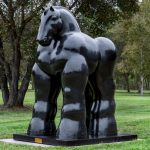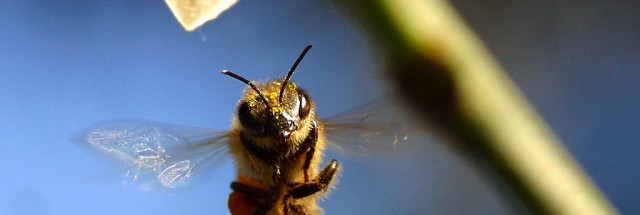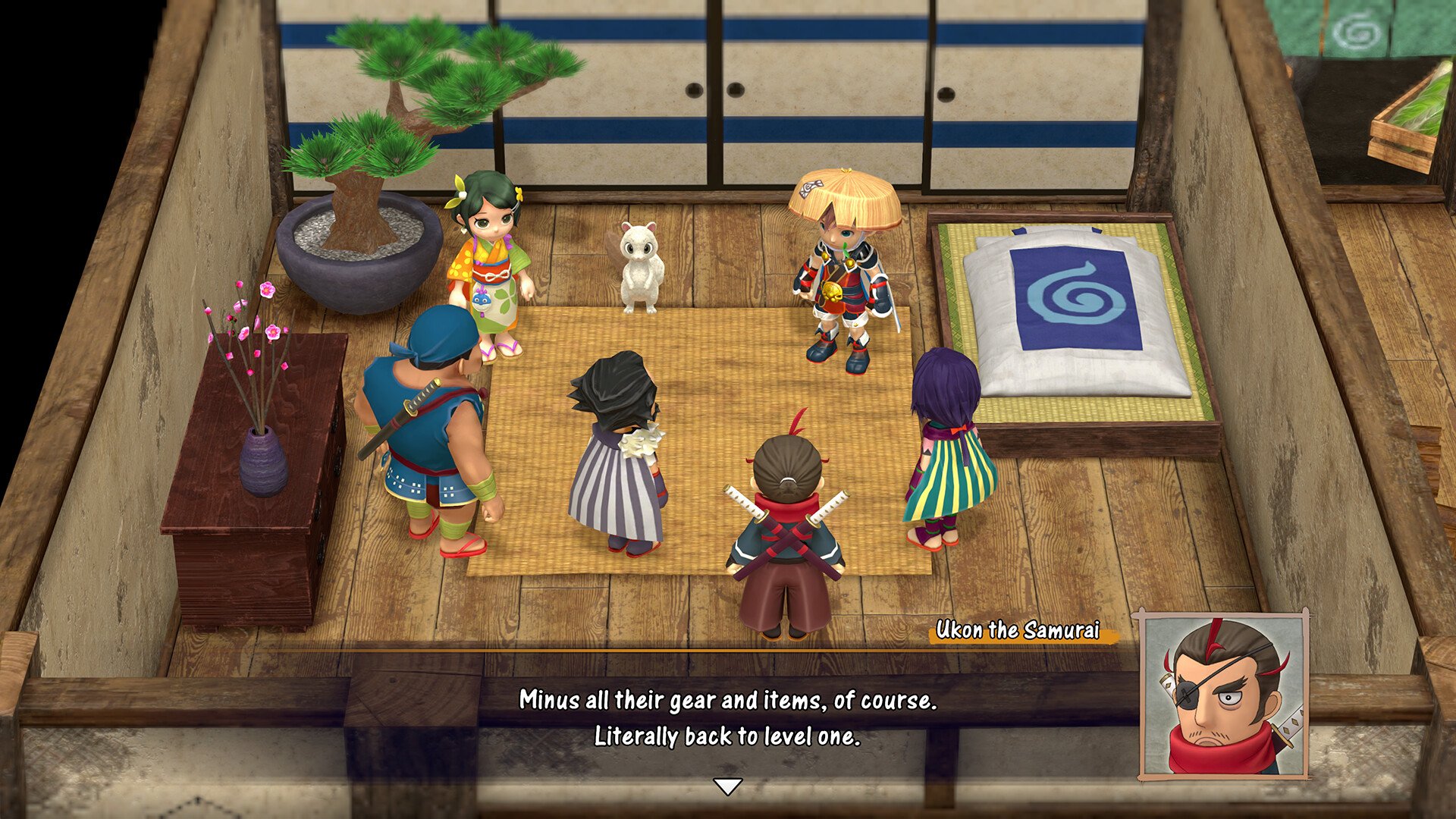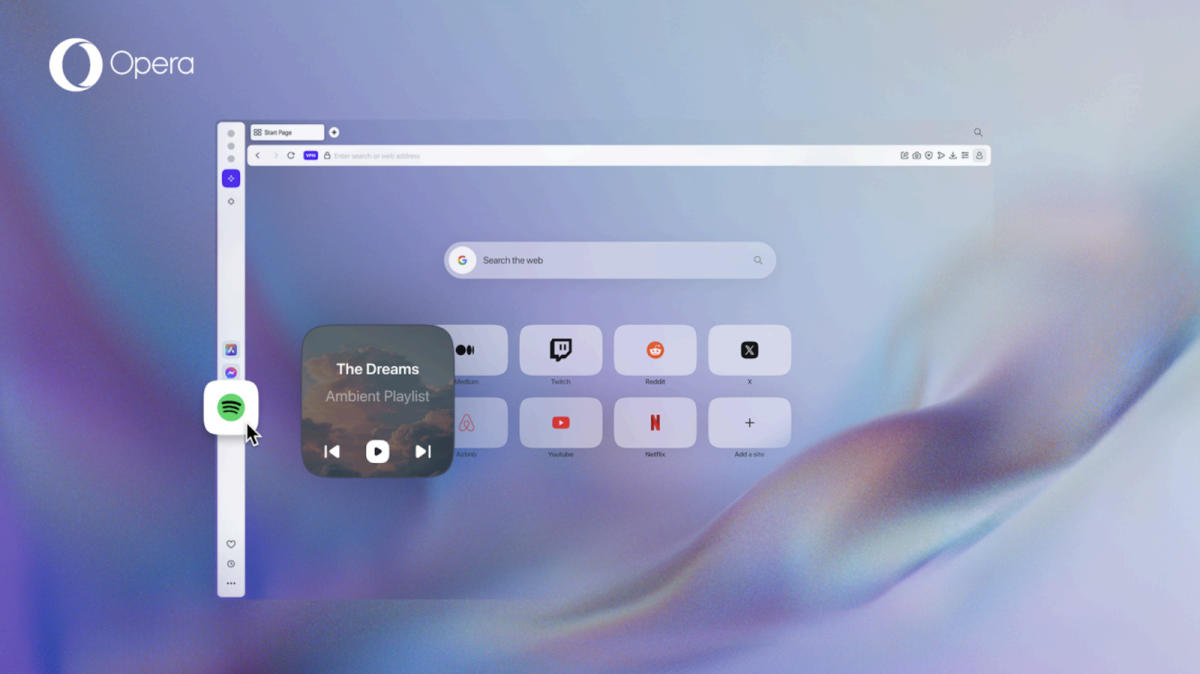Scientists are uncovering various ways that air pollution can interfere with the ability of insects to pollinate plants.
In the summers of 2018 and 2019, ecologist James Ryalls and his colleagues would go out to a field near Reading in southern England to stare at the insects buzzing around black mustard plants. Each time a bee, hoverfly, moth, butterfly, or other insect tried to get at the pollen or nectar in the small yellow flowers, they’d make a note.
It was part of an unusual experiment. Some patches of mustard plants were surrounded by pipes that released ozone and nitrogen oxides—polluting gases produced around power plants and conventional cars. Other plots had pipes releasing normal air.
The results startled the scientists. Plants smothered by pollutants were visited by up to 70 percent fewer insects overall, and their flowers received 90 percent fewer visits compared with those in unpolluted plots. The concentrations of pollutants were well below what US regulators consider safe. “We didn’t expect it to be quite as dramatic as that,” says study coauthor Robbie Girling, an entomologist at the University of Southern Queensland in Australia and a visiting professor at the University of Reading.
A growing body of research suggests that pollution can disrupt insect attraction to plants—at a time when many insect populations are already suffering deep declines due to agricultural chemicals, habitat loss, and climate change. Around 75 percent of wild flowering plants and around 35 percent of food crops rely on animals to move pollen around, so that plants can fertilize one another and form seeds. Even the black mustard plants used in the experiment, which can self-fertilize, exhibited a drop of 14 percent to 31 percent in successful pollination as measured by the number of seedpods, seeds per pod, and seedpod weight from plants engulfed by dirty air.
Scientists are still working out how strong and widespread these effects of pollution are, and how they operate. They’re learning that pollution may have a surprising diversity of effects, from changing the scents that draw insects to flowers to warping the creatures’ ability to smell, learn, and remember.
This research is still young, says Jeff Riffell, a neuroscientist at the University of Washington. “We’re only touching the tip of the iceberg, if you will, in terms of how these effects are influencing these pollinators.”
Altered scents
Insects often rely on smell to get around. As they buzz about in their neighborhoods, they learn to associate flowers that are good sources of nectar and pollen with their scents. Although some species, like honeybees, also use directions from their hive mates and visual landmarks like trees to navigate, even they critically depend on the sense of smell for sniffing out favorite flowers from afar. Nocturnal pollinators such as moths are particularly talented smellers. “They can smell these patches of flowers from a kilometer away,” Riffell says.
One of the effects of pollution—and what Girling suspects was largely responsible for the pollination declines at the England site—is how it perturbs these flowery aromas. Each fragrance is a unique blend of dozens of compounds that are chemically reactive and degrade in the air. Gases such as ozone or nitrogen oxide will quickly react with these molecules and cause odors to vanish even faster than usual. “For very reactive scents, the plume can only travel a third of the distance than it should actually travel when there is no pollution,” says atmospheric scientist Jose D. Fuentes of Penn State University, who has simulated the influence of ozone on floral scent compounds.
And if some compounds degrade faster than others, the bouquet of scents that insects associate with particular plants transforms, potentially rendering them unrecognizable. Girling and his colleagues observed this in experiments in a wind tunnel into which they delivered ozone. The tunnel was also outfitted with a device that steadily released a synthetic blend of floral odors (an actual flower would have wilted, says coauthor Ben Langford, an atmospheric chemist at the UK Centre for Ecology & Hydrology). Using chemical detectors, the team watched the flowery scent plume shorten and narrow as ozone ate away at the edges, with some compounds dropping off entirely as others persisted.
The scientists had trained honeybees to detect the original flowery scent by exposing them to the odor, then giving them sugar water—until they automatically stuck out their tongue-like proboscises to taste it upon smelling the scent. But when bees were tested with ozonated odor representing the edges of the scent plume, either 6 or 12 meters away from the source, only 32 percent and 10 percent, respectively, stuck out their proboscises. The bee is “sniffing a completely different odor at that point,” Langford says.
Researchers also have observed that striped cucumber beetles and buff-tailed bumblebees struggle to recognize their host plants above certain levels of ozone. Some of the most dramatic observations are at night, when extremely reactive pollutants called nitrate radicals accumulate. Riffell and colleagues recently found that about 50 percent fewer tobacco hornworm moths were attracted to the pale evening primrose when the plant’s aroma was altered by these pollutants, and white-lined sphinx moths didn’t recognize the scent at all. This reduced the number of seeds and fruits by 28 percent, the team found in outdoor pollination experiments. “It’s having a really big effect on the plant’s ability to produce seeds,” Riffell says.










